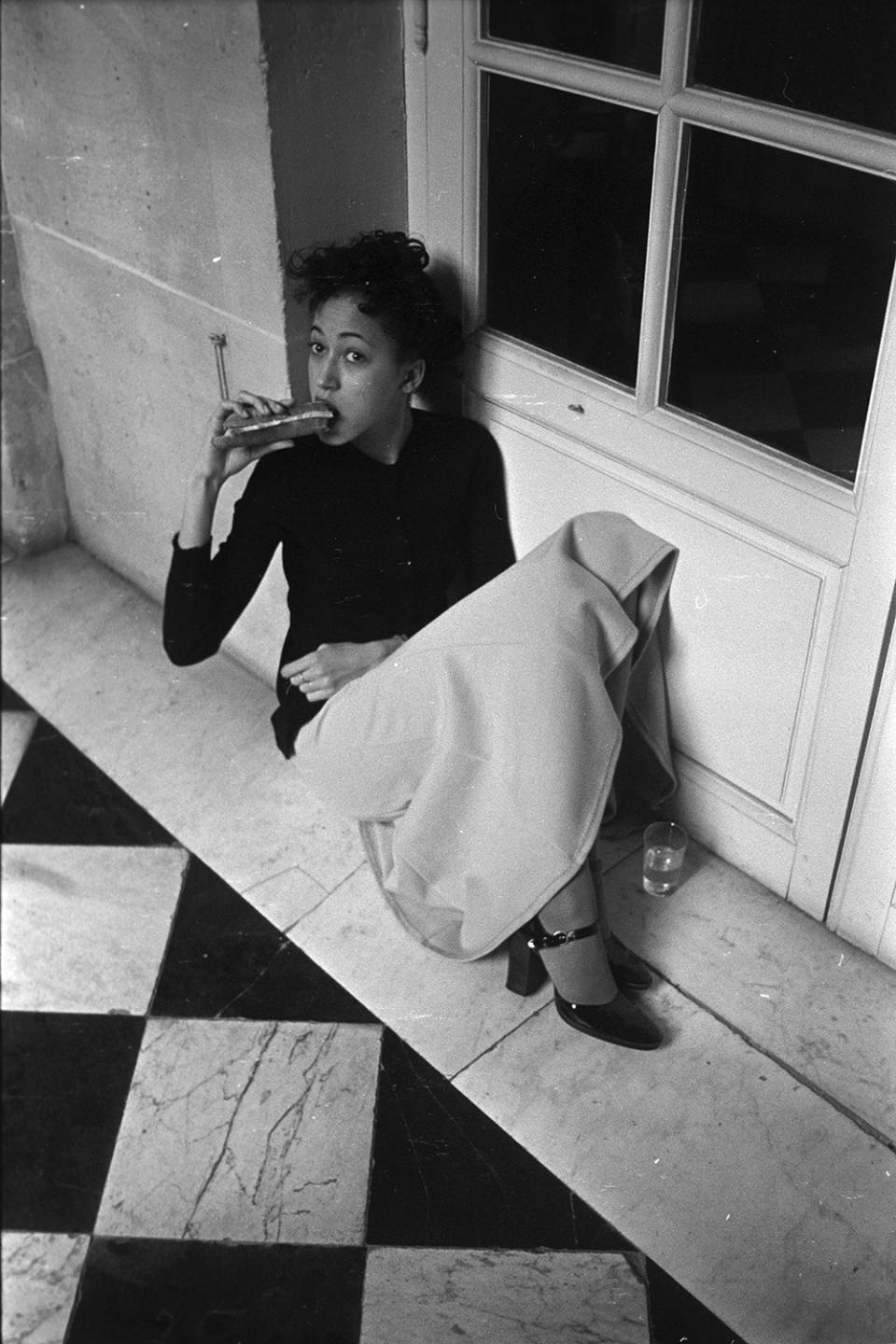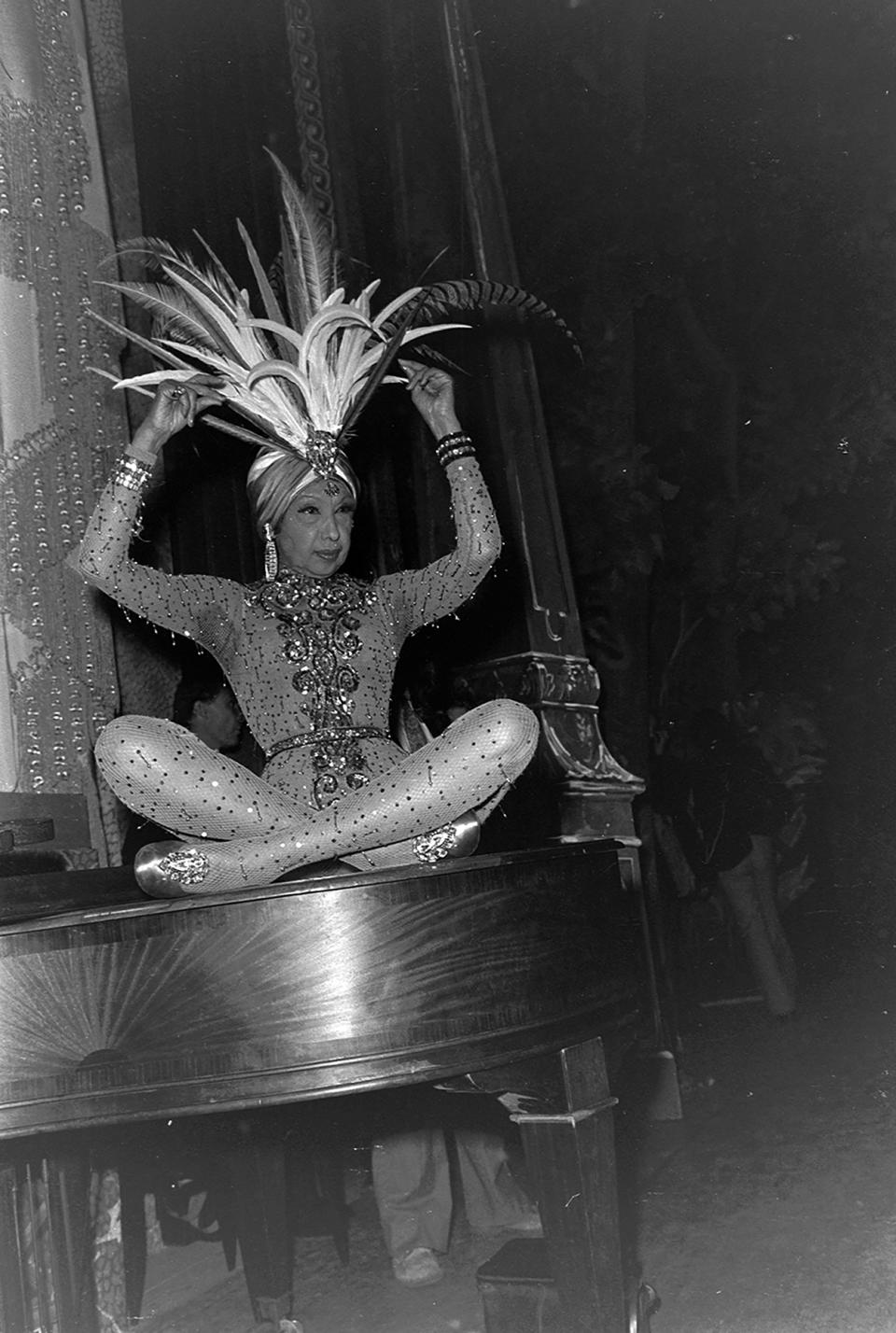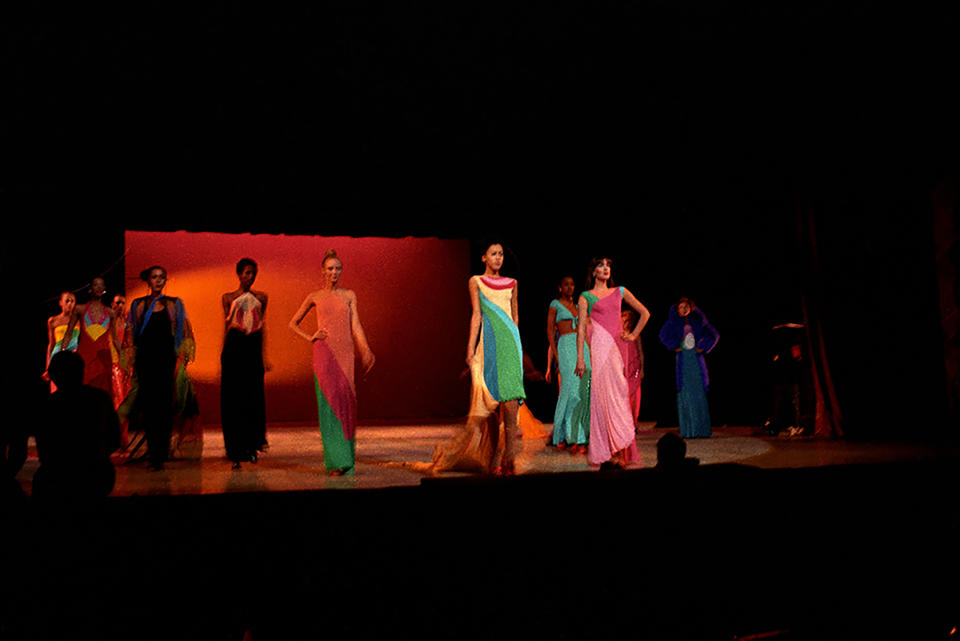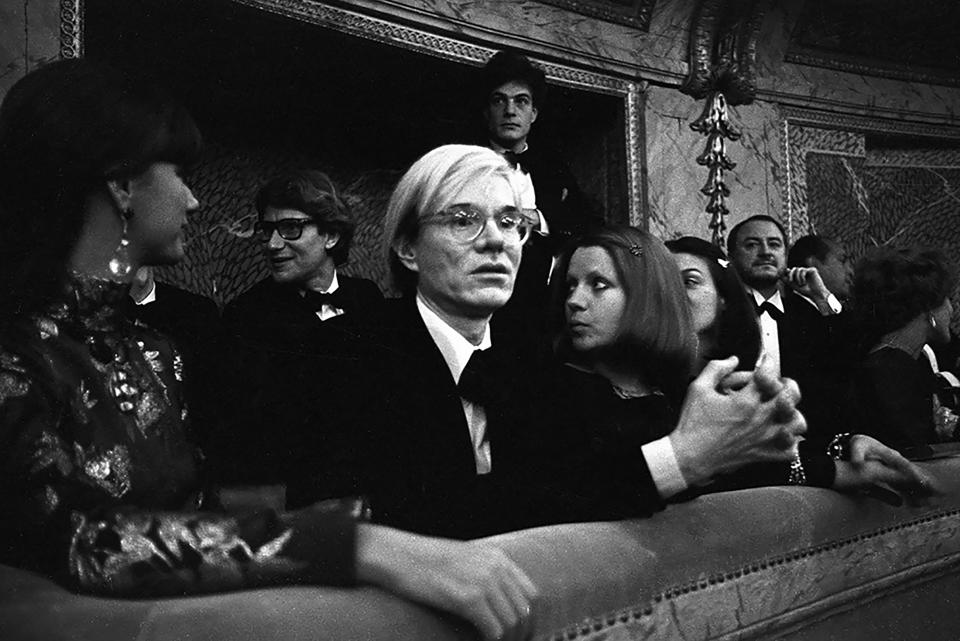By the 1970s, the Palace of Versailles had fallen into disrepair. The centuries-old castle was plagued by termites and leaks had developed from the gilded ceilings. Needing money for restoration, Versailles’ chief curator Gérald Van der Kemp sought the advice of fashion publicist and CFDA founder Eleanor Lambert, who created the fundraising campaign that WWD called the “Battle of Versailles.”
Fifty years ago, ten designers were locked in a stylish skirmish that would cement American couturiers as fashion forces to be reckoned with. As former WWD editor-in-chief John B. Fairchild wrote in 1973, “Americans came, they sewed, they conquered.”
More from WWD
Ahead, a look back at the legendary Battle of Versailles.
Which designers entered the battle?
The event pitted French and American fashion designers against each other, with Oscar de la Renta, Halston, Stephen Burrows, Bill Blass and Anne Klein – who all happened to be Lambert clients – making up the final contingent. Together they competed against Yves Saint Laurent, Hubert de Givenchy, Emmanuel Ungaro, Pierre Cardin and the then creative director of Christian Dior, Marc Bohan.
What happened during the Battle of Versailles?
Each designer came armed with eight unique looks, some of which weren’t completed until the early morning hours of November 28.
Many models featured in the show had never been to Paris before. “They got off the bus and kissed the ground, they were so happy,” Pat Cleveland said at WWD’s Apparel & Retail CEO Summit earlier this month, recalling a romantic scene of snow-covered cobblestones outside Versailles.


Inside, however, the scene was anything but romantic: the almost freezing temperatures made the poorly ventilated palace chilly. The greeting of the American team by the French was albeit cooler.
“There was no toilet paper in the bathroom. It was terrible,” Burrows said at the Apparel & Retail CEO Summit. “They made the girls work there all day and didn’t feed them.”
The Gallic squad took up most of the daytime rehearsal hours, leaving the Americans no choice but to practice until late in the evening. This wasn’t the only pre-show misstep: a mix-up in measurements resulted in Joe Eula’s hand-painted backdrop being scrapped.
This, among other blunders, almost led to Halston being dropped from the competition. With the zeal of a true stage actor, the designer’s friend and muse Liza Minnelli, who was asked to perform during the American segment, convinced him that the show should go on.
The French spared no expense in staging an elaborate, hour-long production, spending about $30,000 on sets and props, including a pumpkin carriage and a rhino-drawn cart. A 40-piece orchestra, noble danseur Rudolf Nureyev and the legendary showgirl Josephine Baker also offered their talents to the team.


The Americans, on the other hand, took a frugal approach and completed their presentation within 30 minutes. Music played on a cassette tape and bare floodlights illuminated the Royal Opera stage.
While the Americans had the help of showbiz multi-talent (and Minnelli’s godmother), Kay Thompson, who assisted with the choreography, it was the models who had to sell their designer clothes, which were rather simplistic compared to their French counterparts.
“We were trying to bring the clothes to life,” Cleveland explained in a 2020 interview with InStyle. “They were bodies that moved under the banner of creativity, of design.”
What the Americans may have lacked in pageantry, they made up for in practice: airy, unstructured ensembles, like those of Halston and Burrows, marked an innovative shift from the stuffy silhouettes of yesteryear. Their liberating approach to women’s dressing was synonymous with the decade’s changing attitudes towards feminism and sexuality.


“The French were so shocked by the American clothing,” recalls Donna Karan, who served as Klein’s aide during the battle. “What do you mean, you don’t have any snags and you just throw them on?” The Americans were so far into the future. It was about the ease of dressing, from day to night,” she told WWD in 2020.
It wasn’t just American designers who broke this trend; models who transformed from mere mannequins into leading players, spinning around the stage hands-free, unlike many of their catwalk contemporaries, who at the time typically walked around with numbered cards.
Who won the Battle of Versailles?
At first, the possibility of the Americans outdoing the French seemed highly unlikely. “Everyone thought this was a joke,” author Marcellas Reynolds told InStyle in 2020. “They thought it was a lock for the European designers.”
In the end, it was the underdogs who emerged victorious. The audience, including Grace Kelly and Andy Warhol, could hardly contain the excitement after the American presentation.


“They started yelling and stomping on the ground and throwing their programs in the air and yelling, ‘Bravo!’” Burrows said. “It was mind-boggling to see them react the way they did. The French are usually so sedate.”
How did the Battle of Versailles change the fashion industry?
The American victory at Versailles became even more apparent in the coming years, as American licensing agencies, which had once favored French designers, began capitalizing on local names like de la Renta and Blass.
The battle also raised the profiles of several black supermodels, including Cleveland, Bethann Hardison, Alva Chinn and Billie Blair.
“That was the start of my international career,” Chinn said at the WWD Apparel & Retail CEO Summit in October.
Although labels such as Courrèges, Ungaro and Saint Laurent had hired black models since the 1960s, they became even more visible after Versailles. In 1979, Givenchy became “the first couturier with an all-black cabin,” reported André Leon Talley, WWD’s then Paris bureau chief.
How is the Battle of Versailles still relevant today?
The Metropolitan Museum of Art commemorated the Battle of Versailles in a 1993 exhibition. Twenty years later, Tom Ford paid tribute to the event at the same museum, organizing a Battle of Versailles-themed gallery during the exhibition ‘In America: An Anthology of Fashion’ from the Costume Institute.
In 2015, Robin Givhan, former fashion editor of the Washington Post, wrote a book about the struggle subtitled “The Night American Fashion Stumbled Into the Spotlight and Made History.”
The iconic showcase has also been the subject of two documentaries, including Deborah Riley Draper’s “Versailles ’73: American Runway Revolution.” Starting in 2023, Draper has plans to adapt it into a narrative feature film.
Launch gallery: a look back at the 1973 Battle of Versailles fashion show
The best of WWD